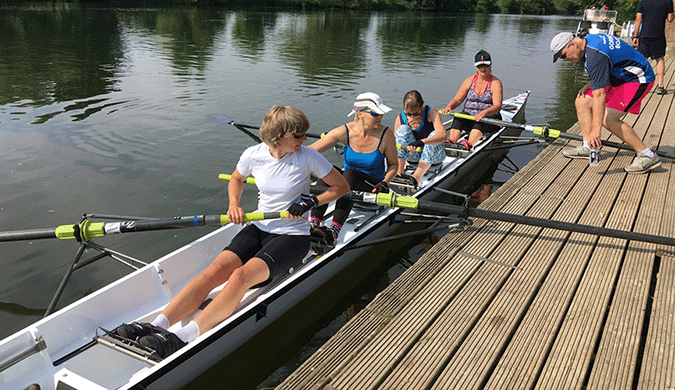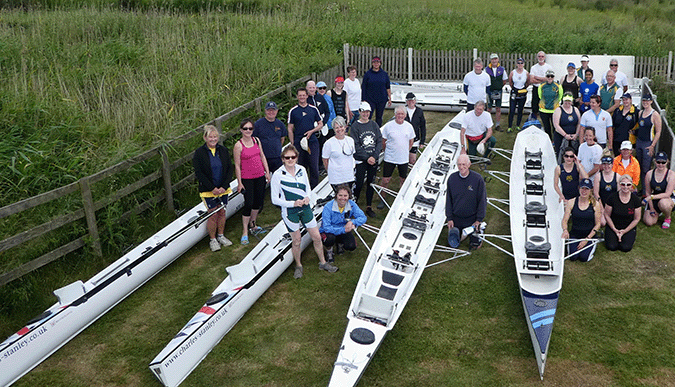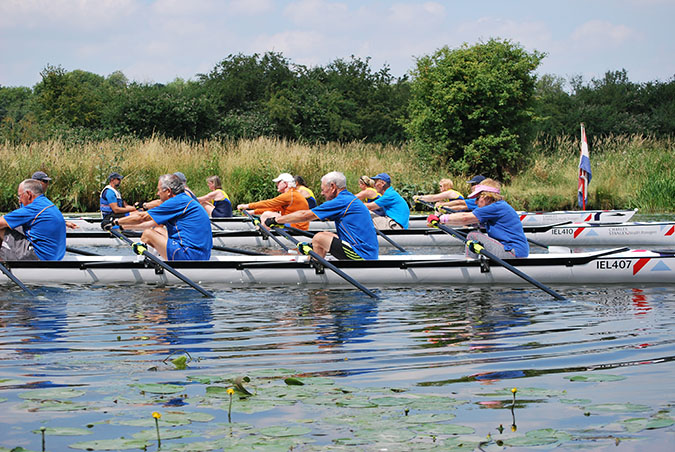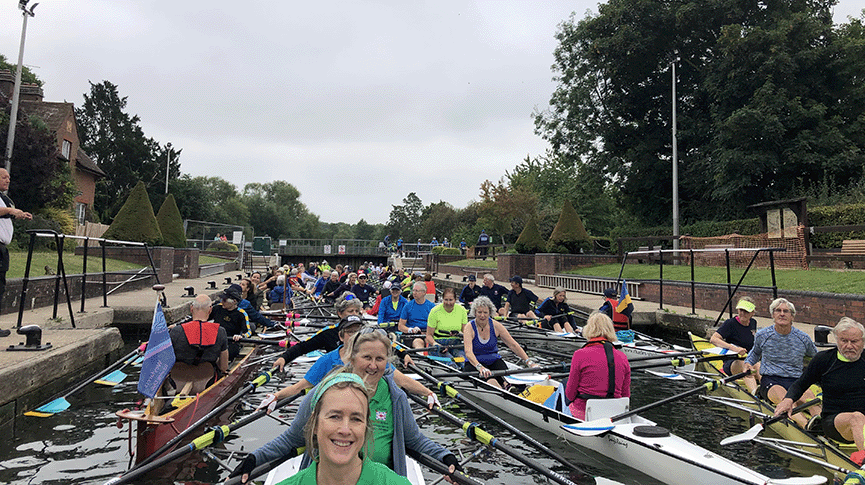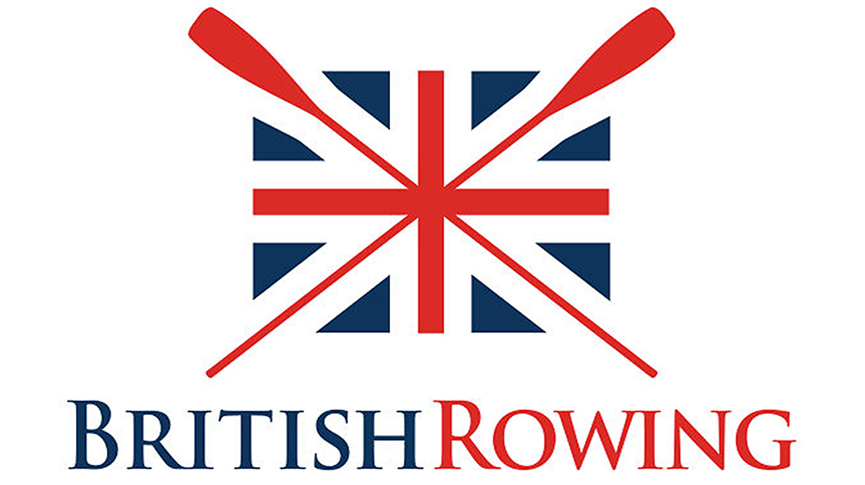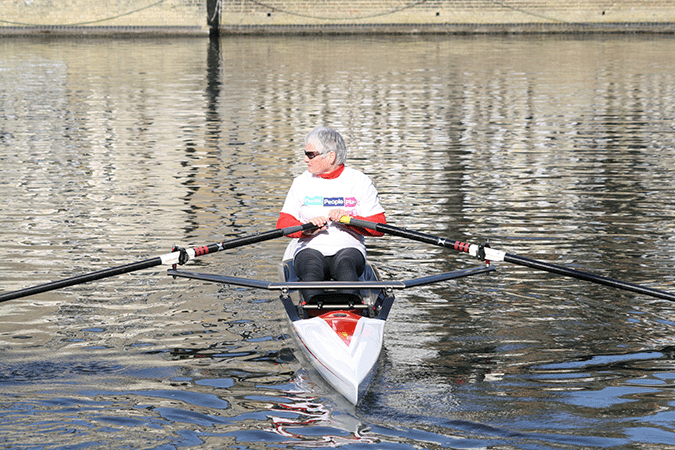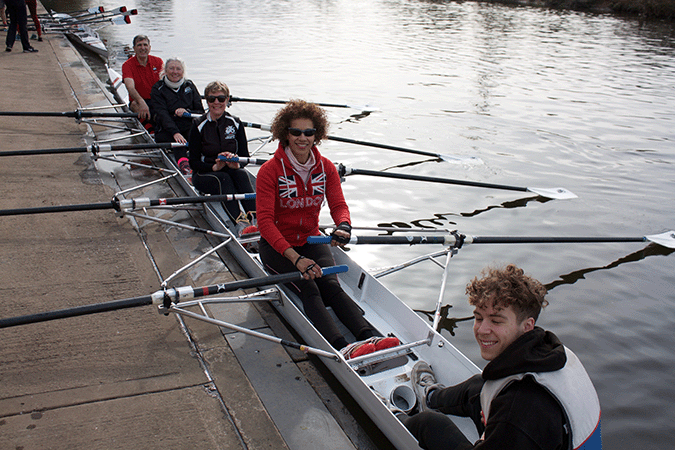Resources for recreational rowers and coaches
British Rowing Technique
Technique is a key aspect of a rower’s development, alongside physical and psychological development
Glossary
From the difference between a quad and a four, to 'rigger jiggers' and 'rating', get up to speed with common rowing terms
What to Wear
You don’t need special or expensive sports kit when you’re getting started
Rowing Warm Up
It's important to warm up your muscles before any form of exercise as this reduces the risk of injury
Safety
Staying safe is all about taking care to avoid accidents
Club Coaching Assistant Training
The Club Coaching Assistant provides an entry level for you to get involved in supporting rowing activities at your club
Rower Development Guide
All about British Rowing’s interactive online tool for both coaches and rowers
Coxing
The cox is responsible for the crew on the water, keeping a good lookout, steering the boat and issuing commands to the crew.
Leading a Rowing Tour
Touring rowing is a great alternative for getting out on the water, particularly if you enjoy rowing longer distances and seeing some beautiful scenery
Insurance
Information about insurance cover for rowers, coxes, coaches, affiliated competitions and clubs
Learn to Row Course Outline
Learn to Row courses tend to use a basic ‘curriculum’ that is adjusted according to how participants progress. As a starting point, here is an outline for a typical six-session course.


